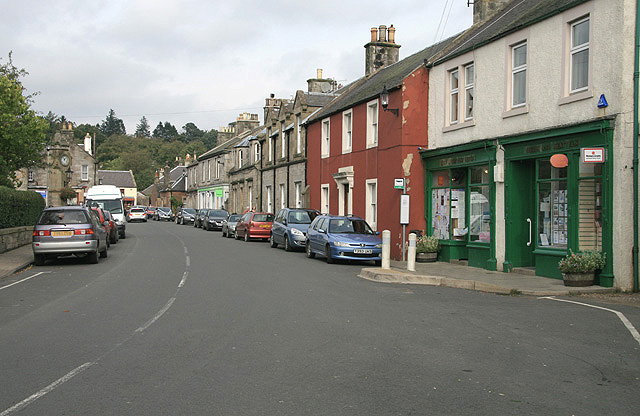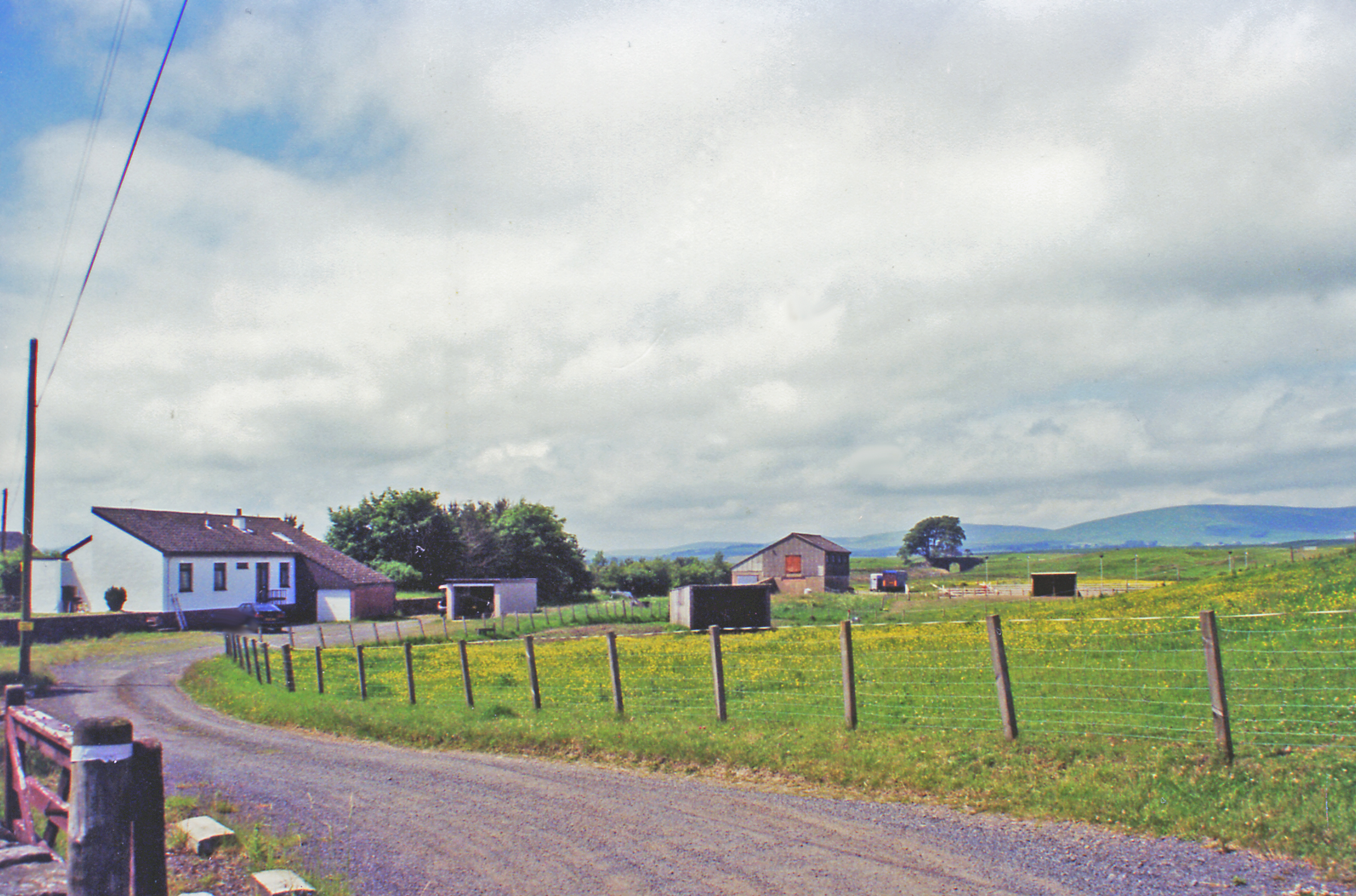Dod Head
Hill, Mountain in Peeblesshire
Scotland
Dod Head

Dod Head is a prominent hill located in Peeblesshire, Scotland. It is situated within the Tweedsmuir Hills, a range known for its stunning landscapes and scenic beauty. Rising to an elevation of approximately 619 meters (2,031 feet), Dod Head offers breathtaking views of the surrounding countryside and the picturesque Tweed Valley.
The hill is characterized by its rolling slopes, covered with heather and grasses, providing a diverse habitat for various flora and fauna. The area is home to several species of birds, including red grouse and golden eagles, making it a popular spot for birdwatching enthusiasts.
Dod Head also boasts a rich historical significance. The remains of an ancient hill fort, known as Dod Law, can be found near its summit. This fort dates back to the Iron Age and provides an insight into the region's rich past. Visitors can explore the ruins and imagine what life was like for the inhabitants of this ancient settlement.
Hiking and walking enthusiasts are drawn to Dod Head due to its accessibility and well-maintained trails. The hill offers a range of routes suitable for different skill levels, providing opportunities for both leisurely strolls and more challenging hikes. The panoramic views from the summit are a rewarding culmination of the effort required to reach the top.
Overall, Dod Head is a natural gem within Peeblesshire, offering a blend of natural beauty, historical significance, and recreational opportunities. Whether you are a nature lover, history enthusiast, or outdoor adventurer, Dod Head is sure to captivate and inspire.
If you have any feedback on the listing, please let us know in the comments section below.
Dod Head Images
Images are sourced within 2km of 55.753112/-3.3107273 or Grid Reference NT1751. Thanks to Geograph Open Source API. All images are credited.




Dod Head is located at Grid Ref: NT1751 (Lat: 55.753112, Lng: -3.3107273)
Unitary Authority: The Scottish Borders
Police Authority: The Lothians and Scottish Borders
What 3 Words
///grid.chief.helpfully. Near West Linton, Scottish Borders
Nearby Locations
Related Wikis
Macbie Hill railway station
Macbie Hill railway station served the hamlet of Coalyburn, Peeblesshire, Scotland, from 1864 to 1933 on the Leadburn, Linton and Dolphinton Railway....
Broomlee railway station
Broomlee railway station served the village of West Linton, Peeblesshire, Scotland, from 1864 to 1933 on the Leadburn, Linton and Dolphinton Railway....
West Linton
West Linton (Scottish Gaelic: Liontan Ruairidh) is a village and civil parish in southern Scotland, on the A702. It was formerly in the county of Peeblesshire...
Lamancha railway station
Lamancha railway station served the hamlet of Lamancha, Peeblesshire, Scotland, from 1864 to 1933 on the Leadburn, Linton and Dolphinton Railway. ��2...
Nearby Amenities
Located within 500m of 55.753112,-3.3107273Have you been to Dod Head?
Leave your review of Dod Head below (or comments, questions and feedback).















